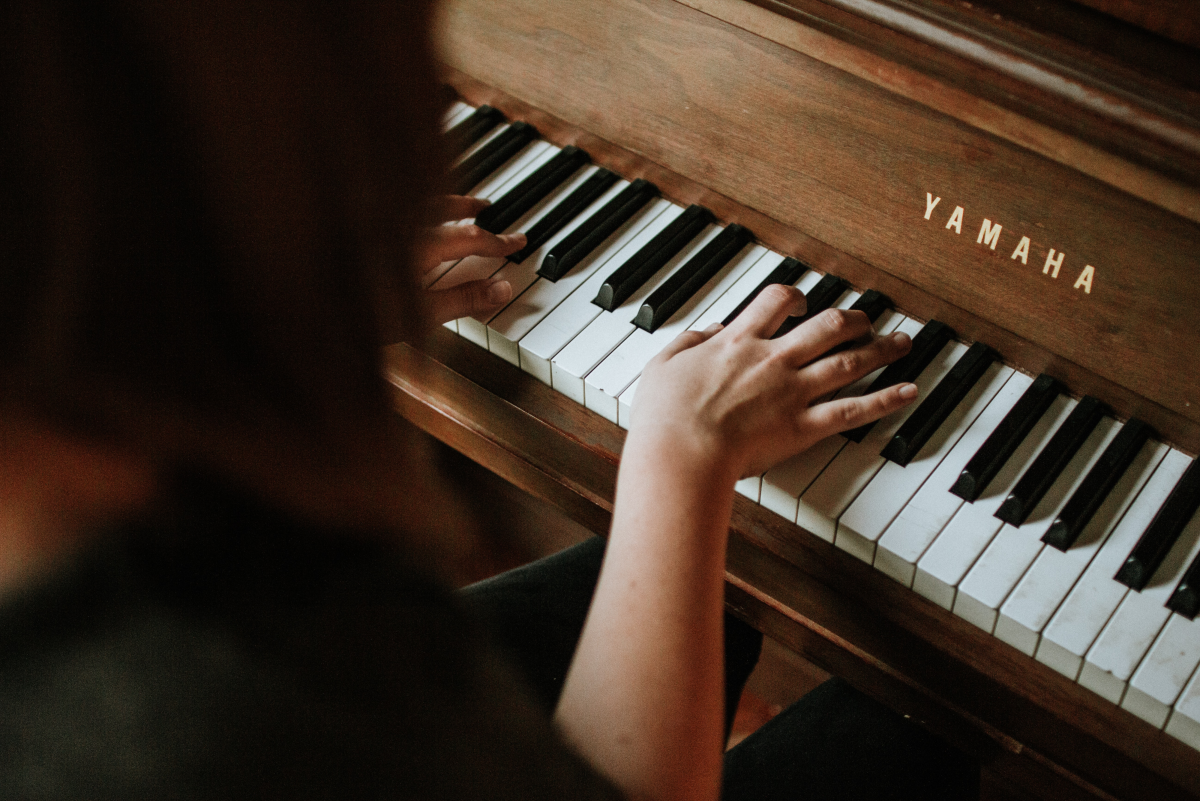A Reflection of the Concert "Classical 7: Dvorak in Love"
Upon watching this concert for approximately one hour, I found it generally interesting, entertaining, and informative. In essence, there are high details for the instruments and each of the instrumentalist utilizes his own space with rock solid imaging. In practical sense, each instrument has been surrounded by presence and air. The cello concertos and violin are well aligned and orchestrated. The middle part of the Humoresque was practically among the most appealing excerpts. I will also not ignore the dances, owing to their peculiarity. A special focus should be on the carnival overtures, and the Missing Russaka which have depicted a great sense of variation and romance. The second movement is appealing while the minutes in the first and last movements are extremely interesting. Nonetheless, the second movement and its appealing nature are lost among lots of consistent anger and loud brass. However, I do not like the repetitive nature and loudness of the background music. In addition, the symphony has been depicted by dramatic contrasts, though the flow of thematic ideals is apparently spontaneous.
The “string quartet” is also exemplary done. The choice of bars and movement of the cello concerto was as well as interesting. In most cases, symphonies which commence with a minor and end with a major key works by changing the mood of sadness to happiness, from calamity to joy. However, Dvorak’s 7th symphony has consistently sustained the D minor until the end of the concerto, only resorting to D major to the final six bars. Though audiences of all calibers cannot find a problem watching this documentary, the work is sort of directed to the youthful orchestra. Furthermore, each of the recordings and tours harbors an atmosphere of festivity. Moreover, the momentum is sustained throughout the 7th symphony. Consequently, this successfully gives the woodwind soloist sufficient if not more than enough time to luxuriate. Dvorak has also utilized plenty and variety of melodies which appear to rhyme to each occasion presented. Despite this, the background music which is also relevant to the main them is not obstructed. The tragedy that has been presented in the opening movement of Dvorak's Seventh Symphony has at least for me been so much thrilling. The double basses as well as the orchestra cellos have bitten into this work with an ability that can be equated with panther. The first movement also presents a powerful musical argument. The orchestra is conducted in a purposeful development while they are at their spine-tangling close. The author has been detailed enough in regard to the key them presented in this concerto. The Alsop’s is quite magical and impressive considering the way in which the director is sustaining the slow movement alongside the way in which the joyous second theme is unfolded in the finale.
I can say that after watching this concerto, Dvorák’s 7th symphony is among the greatest of his works. The structure of the whole symphony can only be said to be extra ordinary and of incredible development which creates an irresistible excitement. The key characters have effectively balanced softness with vigor. Generally, the Dvorák’s 7th symphony stands high among its equals. In conclusion, I love Dvorak’s work in this particular symphony.








![How to Remove Kaspersky Password Protection? [Easily Recover] How to Remove Kaspersky Password Protection? [Easily Recover]](https://images.saymedia-content.com/.image/t_share/MTc2Mjk3NDcwOTAzNTkyMTI2/how-to-remove-kaspersky-password-protected-easily-recover.png)